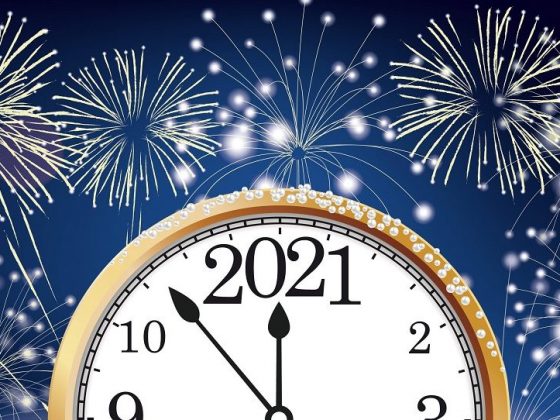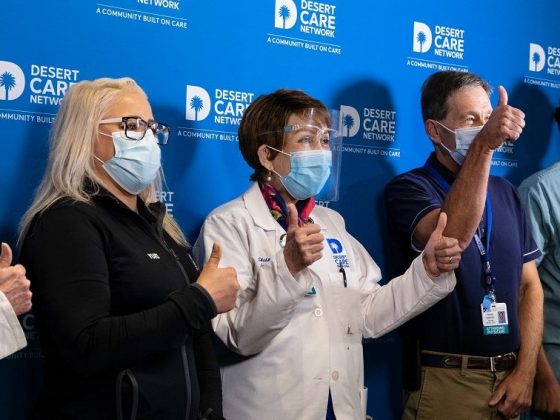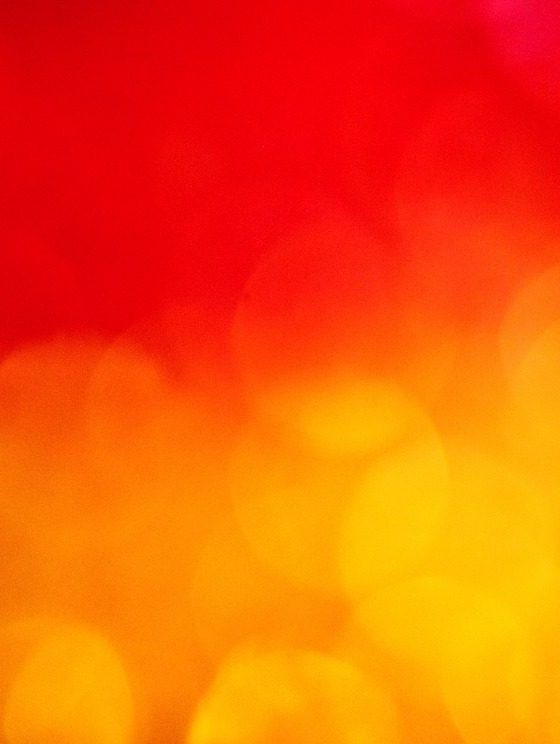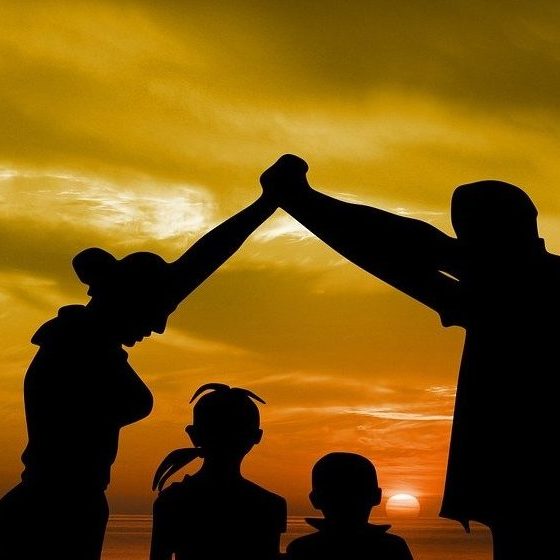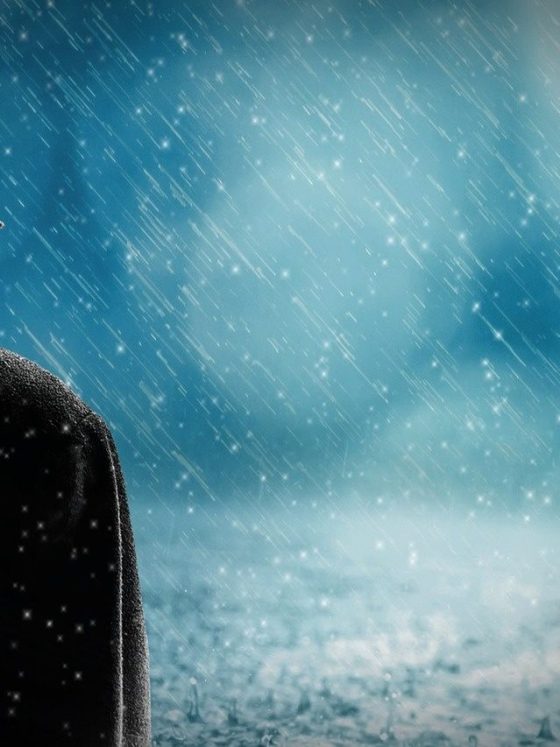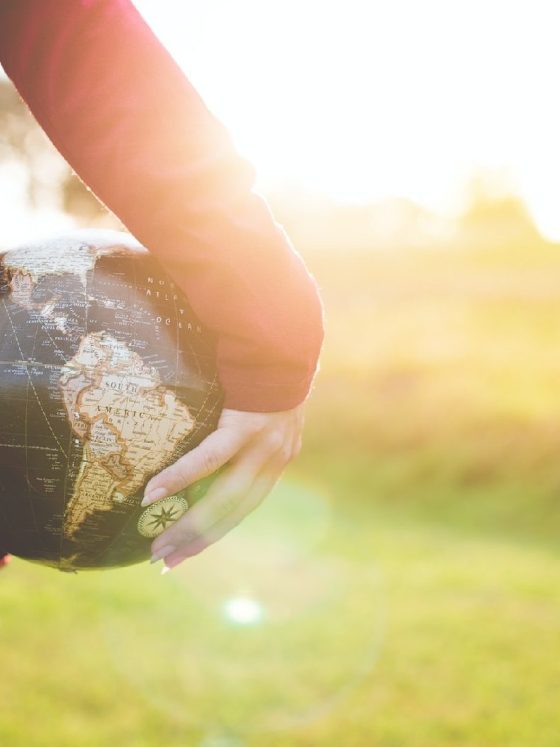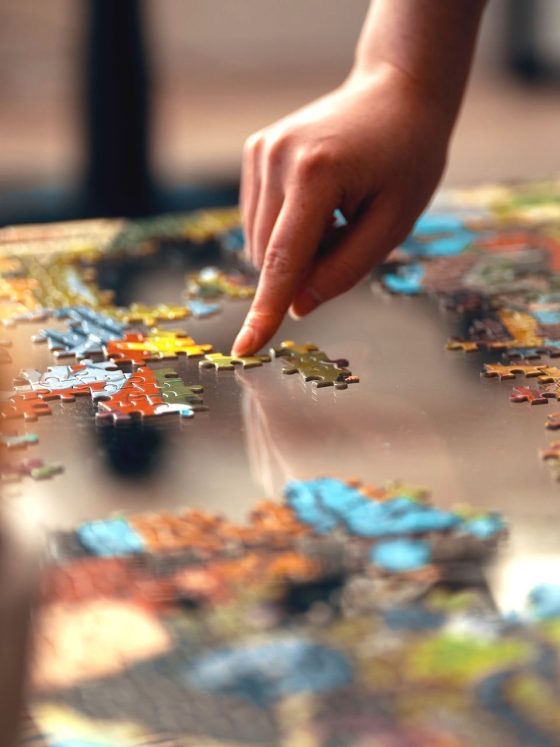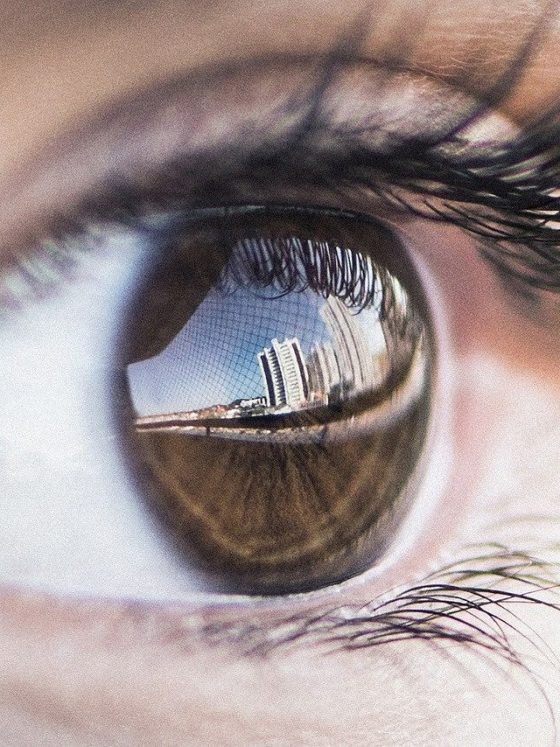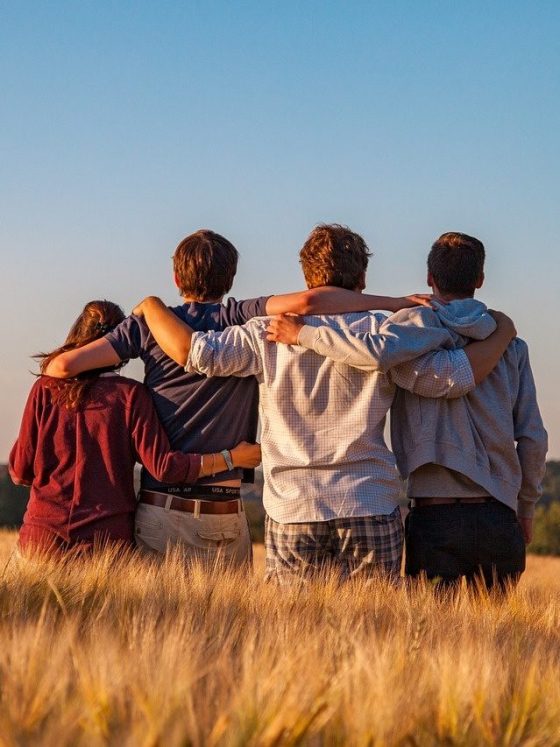On November 3, Oregonians decided on something more than their choice for the president of the United States; they chose to decriminalize personal use of heroin, methamphetamine, LSD, oxycodone and other hard drugs.
“Today’s victory is a landmark declaration that the time has come to stop criminalizing people for drug use,” said Kassandra Frederique, executive director of the Drug Policy Alliance, which led the initiative. According AP News, “The Oregon Academy of Family Physicians,” who support the measure, said that “One in 11 Oregonians is addicted to drugs.” We’re not talking about recreational, occasional use of marijuana; we are talking about addiction to hard drugs, the kinds that make you commit crimes just in order to get another dose, and to do it every day. One out of eleven people in Oregon are in that state.
“When the chasm between our growing narcissism and compulsory connection to people becomes unboreable, we seek refuge. Some find it in violence, others in various forms of escapism, including substance abuse, and most everyone finds it in depression.”
As I see it, the authorities don’t want these people clean; they want them dead. And until they die, they want to keep them from harming other people, so they will allow them to get their daily dose until they stone themselves away. Sooner, rather than later, the state will realize that it’s best to open distribution centers just like today’s soup kitchens, dispense each one their daily dose, and send them back happy and off the streets, away from the (dwindling) regular population.
The Oregon decision also states that “Instead of going to trial and facing possible jail time, a person would have the option of paying a $100 fine or attending new ‘addiction recovery centers’ funded by millions of dollars of tax revenue from Oregon’s legalized, regulated marijuana industry.” However, I don’t think anyone is taking this part of the decision seriously, for two reasons: 1. If drug addicts had $100 they would buy drugs with them, not pay fines. 2. No one truly recovers from drug addiction. And because of it, the authorities are trying to keep them quiet until they wither away.
I can understand why the state would want to put out drug addicts. From the perspective of the authorities, the world is already grossly overpopulated, so tacit culling is the most reasonable solution. If we don’t see a reason for having that many people in the world, then we should find a (preferably) humane way of shrinking the population.
But there is a reason why we are here. Humanity is becoming more crowded precisely because we are meant to connect, not to stay apart in our own little slots. Our unwillingness to connect is why we suffer, since reality is forcing us to be in constant contact with people, while our antagonism toward people grows relentlessly. When the chasm between our growing narcissism and compulsory connection to people becomes unbearable , we seek refuge. Some find it in violence, others in various forms of escapism, including substance abuse, and most everyone finds it in depression.
There is only one solution to this mess: education toward connection. There is a reason why so many people, with such different views and attitudes to life, exist in the world. If we look at the world from a bird’s eye view, we will find that what we experience as dissonance is actually diversity. From a higher perspective, the contradictions on the ground create a beautiful, rich embroidery of colors and streams that weave together to become the fabric of life. Imagine oceans without land, mountains without valleys, forests without deserts, males without females, life without death, summer without winter or fall without spring. Everything we know about life comes from distinguishing one thing from its opposite. Life is not one state; it is the flow between them, from one extreme to the other.
If we were aware of it, and if we knew that this diversity is here for us to enjoy, we would be grateful for the things that irritate us because they are different from us. In fact, we wouldn’t feel them as irritation but as life’s pulse, telling us when it’s time to stream on to the next phase. Our struggle with life would be over and we would not need to run away from it. We would realize what is our purpose in being here—to grasp life in all its depth and richness—and we would never want to get away.
There is no solution to substance abuse except to show people that they are here in order to connect with one another in gratitude, and especially toward those who are different from us since we and they together make the stream of life flow. Alone, each of us is nothing. Together, we are life.


